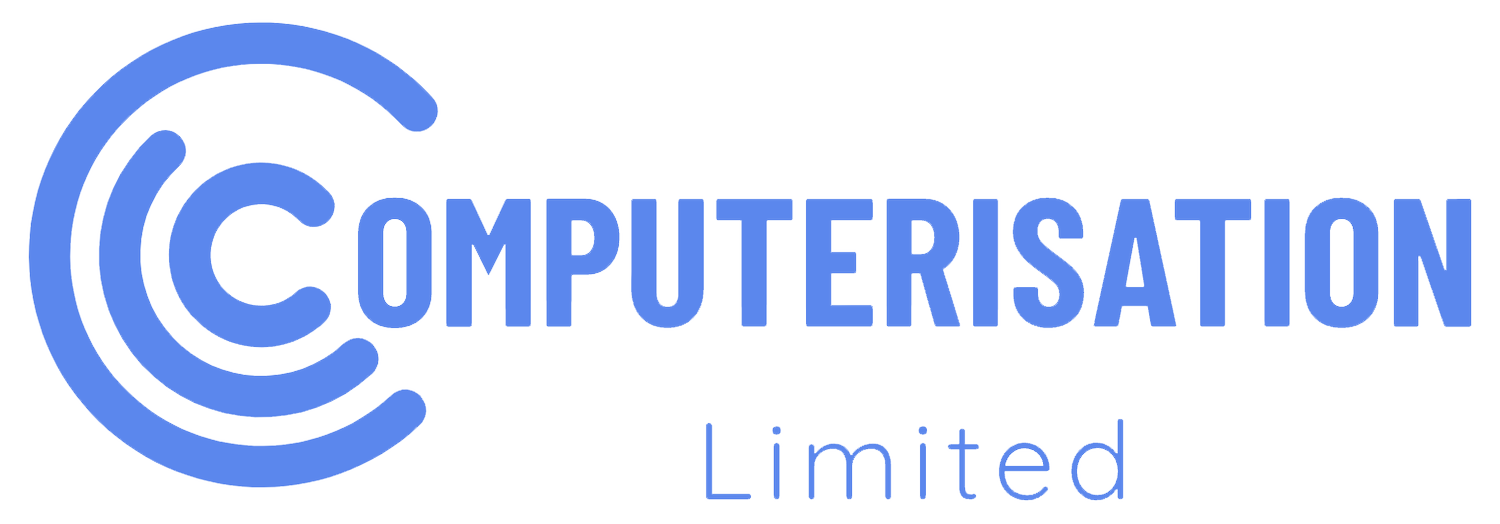Database Software: Everything you need to know
Let’s start with the basic definition of a database:
A database is an electronic collection of data that is used to access, review, and update specific information in a quick, consistent and logical manner. We’ve spent years building our expertise on implementation of the best Database Software solutions – and we offer completely bespoke solutions that are tailor-made for your business.
In addition, we’re on-hand to support customers with everything they need to get the highest possible value from their data and ensure that teams are working at their peak.
Great, so exactly what is database software?
We simply mean ‘software that’s engineered to create databases’ which allows you to store, manage, change, search, and extract information contained within databases.
Fully comprehensive database software programs are often referred to as database management systems.
How is database software used ?
Primarily to safeguard information in databases and ensure that it’s both accurate and consistent.
Functionality of Database software:
• Multi-user access control
• Data security management
• Database communication
• Data storage
• Backup and recovery
• Presentation and reporting
What are the different types of database software?
There are generally thought to be six sub-categories:
1. Analytical database software
2. Data warehouse database software
3. Distributed database software
4. End user database software
5. External database software
6. Operational database software
Analytical database software
Allows users to retrieve information from a variety of databases and examine them in order to quantitatively assess performance (business, departmental, employee, etc.).
Data warehouse software
Users can pull required data points from a variety of databases and store everything in a central location to gain critical insights and report on them. Data warehousing helps ensure data integrity by easily identifying any inconsistency.
Distributed database software
Involves a database management system which is centralised. It controls information stored in various locations (including the cloud, your company Local Area Network – or a standard network server). This ‘distributed’ model is usually considered the safest because of its natural data redundancy features.
End user database software
Stores information that is used primarily by one person (Microsoft Excel and its spreadsheets are an example.)
External database software
Compiles information to be accessed by a variety of users, often via the Internet.
Operational database software
This lets users modify data in real-time (for purposes such as financial and customer relationship management).
Relational vs non-relational Databases:
What is a relational database?
Relational databases use a Structured Querying Language (SQL) and are able to handle various transaction-oriented applications. Relational databases present information in tabular form (for example, as a collection of tables with each individual table comprising a set of columns/rows) and provide ‘relational operators’ to adjust and manipulate data.
Many enterprise database management systems utilise relational databases – which are increasingly popular for real-time web applications. These are beneficial if you want a particular application to handle complicated querying, or if you’d like to eliminate the process of manually joining data or the routine analysis of data.
What is a non-relational database?
Modelled by means other than the tabular system detailed above. A great advantage of non-relational databases is that they can incorporate and store all kinds of Big Data quite easily – including ‘unstructured’ and ‘semi-structured’ data.
However, a non-relational database simply stores data without mechanisms to link data from different tables, so the design is generally less complicated.
This means you have to carry out multiple queries and manually join data, which can pose new challenges.
Some examples of database platforms:
• ADABAS
• IBM DB2
• Microsoft Access
• Microsoft Excel
• Microsoft SQL Server
• MySQL
• Oracle RDBMS
• Quick Base
• SAP Sybase ASE
• Teradata
What’s the difference between ‘on-premise’ and ‘hosted database’ software?
Fundamentally, ‘on premise’ database software is implemented at an organisation’s physical location, utilising on-site hardware, IT infrastructure, and support at that location. A company’s own IT department typically maintains and solves problems related to this software.
Hosted database software, also called ‘Software-as-a-Service’ (SaaS), is owned, delivered, and managed remotely via the cloud by a provider which is separate from the purchasing organisation.
Many organisations license such programs at the same time, and typically pay-per-user or through a subscription. An advantage of on-premise software is that it can be customised to individual requirements more easily. However, hosted database software programs generally allow users to scale up more rapidly.
How do I choose the right database software?
Truthfully, it can be very difficult to decide on the best solution for you. That’s why we’re here to provide a free consultation. You can get in touch here – and we’ll start to ask the necessary questions to help you make the right choice.

